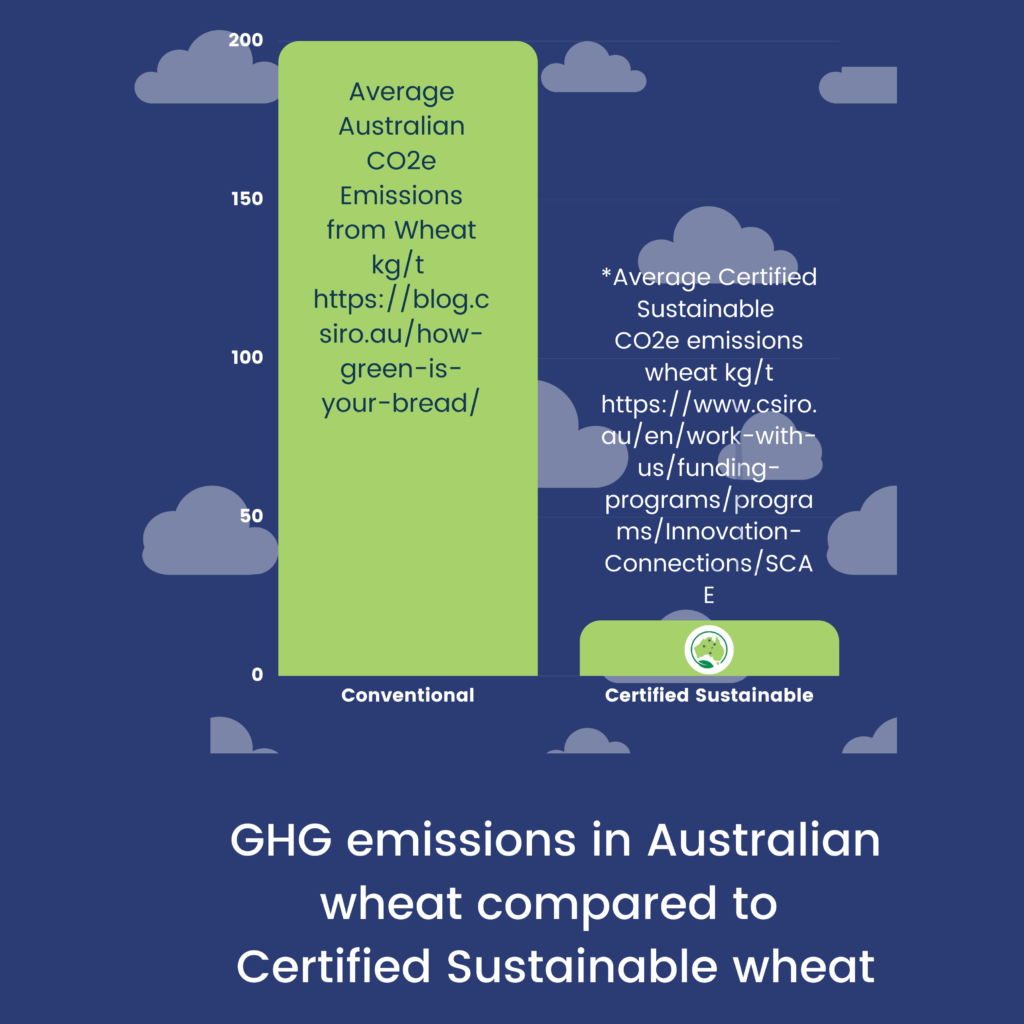 AusIndustry Entrepreneurs’ Program Innovation Connection Backs up Sustainable Farming with Science
AusIndustry Entrepreneurs’ Program Innovation Connection Backs up Sustainable Farming with Science


Southern Cross Agricultural Exports (SCAE) is a business that grew from a network of cropping farmers sharing best practices. Over time, they noticed their input costs were rising but outputs weren’t. This led a core group of farmers all utilising the services of Australian Soil Planners to create SCAE to explore sustainable approaches to nurture soil microbiology and improve the efficiency of nutrient transfer between plants and soil.
Improving sustainability
SCAE was created to own and use the intellectual property of a hybrid farming system (organic and conventional), and proprietary fertilisers developed by Australian Soil Planners. When applied to dryland cropping the system:
• improves soil and maintains plant yields
• improves drought tolerance and
• reduces costs and greenhouse gases.
But there is broad disbelief that it is not possible to be both sustainable and resilient, especially to climate events. There is also a misperception that sustainability is simply about ‘being organic’, and raises questions such as “where are the nutrients coming from?” These thoughts are barriers to adoption of sustainable farming practices.
Data backs sustainability
Through the Australian Government’s Entrepreneurs’ Programme, SCAE acquired an Innovation Connections grant that supported a collaboration with the University of Queensland’s Associate Professor Paul Dargusch and his team. The collaboration created a ‘Carbon Footprint Model’ to calculate greenhouse gas emissions of wheat crops.
Farmers entered data via an online survey about their specific crop inputs and activities. With the data, they received a calculation of their greenhouse gas emissions per tonne and per hectare. The survey found that farms using the SCAE system had an 80% decrease in emissions in addition to reduced input costs and found wheat farmers using the SCAE system were nearly carbon-neutral (apart from their use of diesel machinery) even in drought-impacted areas.
The survey remains open and new data continues to reinforce these findings. Through this project SCAE received independent verification of the benefits of their approach to sustainable farming practices. They are using this to promote it to farmers, processors, consumers and environmental stakeholders to drive adoption of sustainable farming practices, improve soil quality and reduce emissions.
Looking to the future
Associate Professor Paul Dargusch has subsequently organised for students to replicate the model for other crop types. SCAE and the Researcher are growing their collaboration into a multi-year major project.
